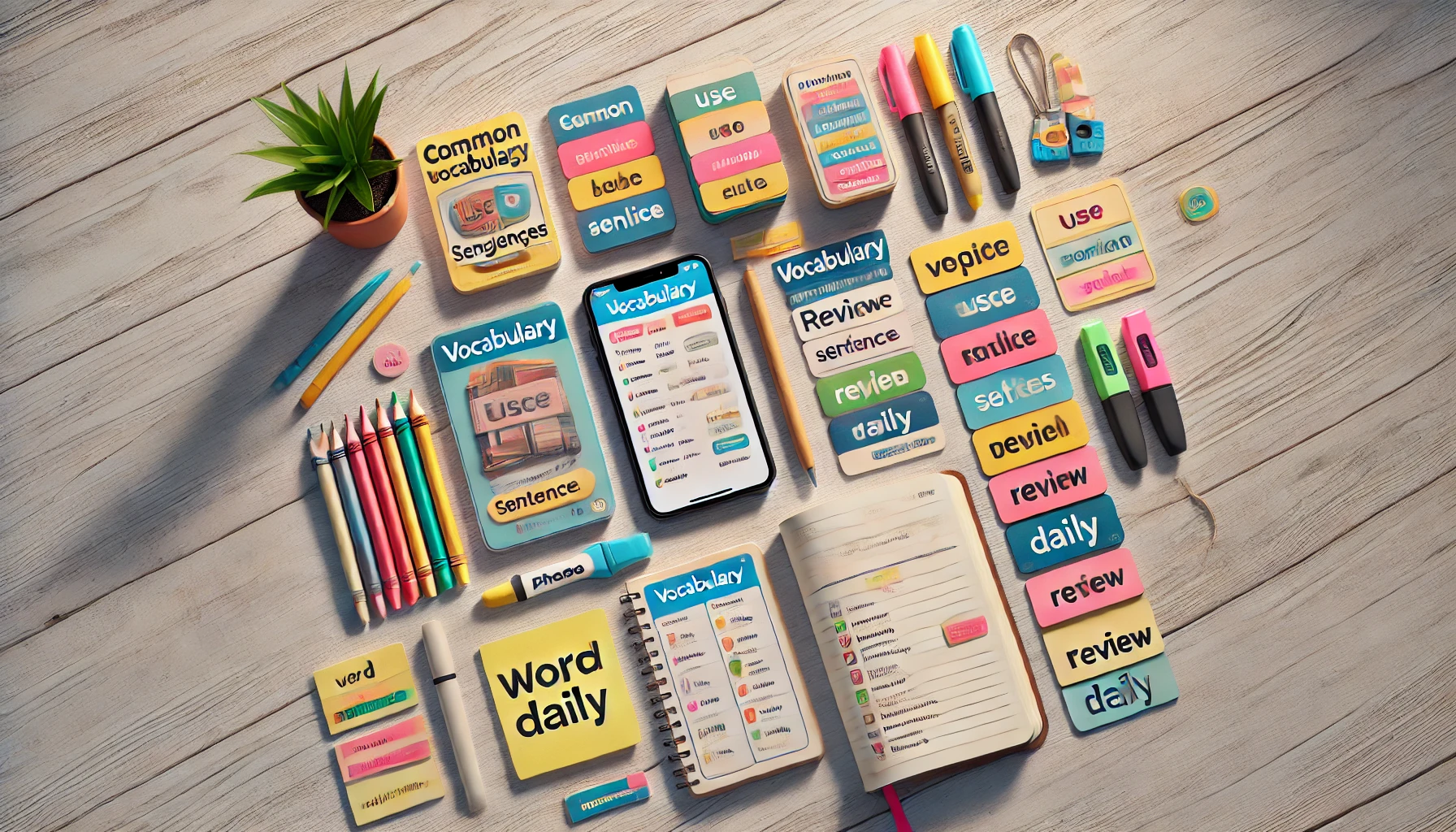Table of Contents
- Set Clear and Achievable Goals
- Create a Study Schedule
- Incorporate Language Practice into Your Daily Routine
- Use a Variety of Learning Tools and Resources
- Engage with Native Content Regularly
- Practice Speaking Consistently
- Review and Revise Frequently
- Track Your Progress
- Stay Motivated with a Language Learning Community
- Conclusion and Final Thoughts
1. Set Clear and Achievable Goals
Setting clear and realistic goals is the foundation of consistent progress in language learning. When you know what you’re working towards, it’s easier to stay focused and motivated. Start by identifying your overall objective: Are you learning for travel, work, or personal interest? Break down this objective into smaller, achievable goals.
For instance, rather than simply aiming to “learn French,” you could set a goal to “learn 30 new vocabulary words each week” or “practice speaking for 10 minutes daily.” These specific goals help to keep your progress measurable and manageable, making it easier to stay consistent.
2. Create a Study Schedule
A study schedule is essential for ensuring you consistently dedicate time to language practice. Decide how much time you can realistically commit each day, even if it’s just 15 minutes. The key is to prioritize regularity over intensity—small, daily sessions are often more effective than occasional, lengthy ones.
Consider using a calendar or a scheduling app to block out time specifically for language learning. Be flexible and adjust as needed, but make sure language learning becomes a non-negotiable part of your routine.
3. Incorporate Language Practice into Your Daily Routine
Integrating language practice into your daily life can make learning feel less like a chore and more like a natural part of your routine. Try switching your phone’s language settings, narrating your actions in the target language, or labeling items in your home. You could also listen to a language podcast during your commute or review flashcards while waiting in line.
Example: If you’re learning Spanish, say “Estoy lavando los platos” (I am washing the dishes) while doing the chore, or count your steps in Spanish as you walk.
4. Use a Variety of Learning Tools and Resources
Sticking to just one type of resource, like a textbook or an app, can lead to burnout and boredom. Diversify your learning materials by using a mix of language apps, textbooks, podcasts, YouTube videos, and online courses. Different resources offer unique benefits, such as structured lessons, cultural insights, or conversational practice, providing a well-rounded learning experience.
Example: Use Duolingo for daily vocabulary, YouTube for listening practice, and a grammar workbook for structured exercises.
5. Engage with Native Content Regularly
Consuming media in your target language immerses you in authentic language use, exposing you to colloquial expressions, slang, and cultural nuances. This could include watching TV shows, movies, or YouTube videos, or reading articles, blogs, and books. Native content not only enhances your comprehension skills but also makes language learning more enjoyable and relevant.
Start with subtitles if needed, but challenge yourself to switch to full immersion over time. This exposure to real-life language usage will enhance your understanding and allow you to pick up expressions that may not appear in textbooks.
6. Practice Speaking Consistently
Speaking is one of the most challenging skills to develop, especially without a language partner. However, practicing speaking regularly is essential for building fluency and confidence. Try recording yourself, using language exchange apps, or speaking to yourself if you don’t have a partner available.
Example: Apps like HelloTalk or Tandem allow you to connect with native speakers for language exchange, offering valuable real-time feedback on pronunciation and grammar.
7. Review and Revise Frequently
Revisiting material is crucial for long-term retention. Without regular review, it’s easy to forget vocabulary or grammar rules. Use spaced repetition software (SRS) like Anki or Quizlet to help you reinforce vocabulary. Schedule weekly or monthly review sessions to revisit previous lessons, ensuring that your knowledge builds progressively without forgetting foundational elements.
8. Track Your Progress
Keeping track of your achievements, no matter how small, is a powerful motivator. Documenting progress helps you visualize how far you’ve come and motivates you to keep going. Track your vocabulary count, the number of hours spent practicing, or milestones like completing a level in a language app. Use a language journal, an app, or even a simple checklist to monitor your progress.
Example: Write a weekly summary in your journal detailing what you learned and any challenges you encountered.
9. Stay Motivated with a Language Learning Community
Learning a language can be isolating without support. Joining a language learning community, whether online or offline, provides a sense of camaraderie and shared purpose. Engage in forums, join language-specific Facebook groups, or participate in local language meetups to share tips, exchange resources, and encourage each other.
Example: Platforms like Reddit’s language learning communities or Facebook language groups provide resources, motivation, and a place to ask questions.
10. Conclusion and Final Thoughts
Consistency is the key to success in language learning. By setting achievable goals, creating a study schedule, incorporating the language into daily routines, and tracking progress, you create a sustainable framework that supports long-term growth. The path to fluency is a marathon, not a sprint—embracing small, consistent efforts will yield substantial progress over time. With these tips, you can cultivate habits that make language learning a rewarding and lifelong journey.




